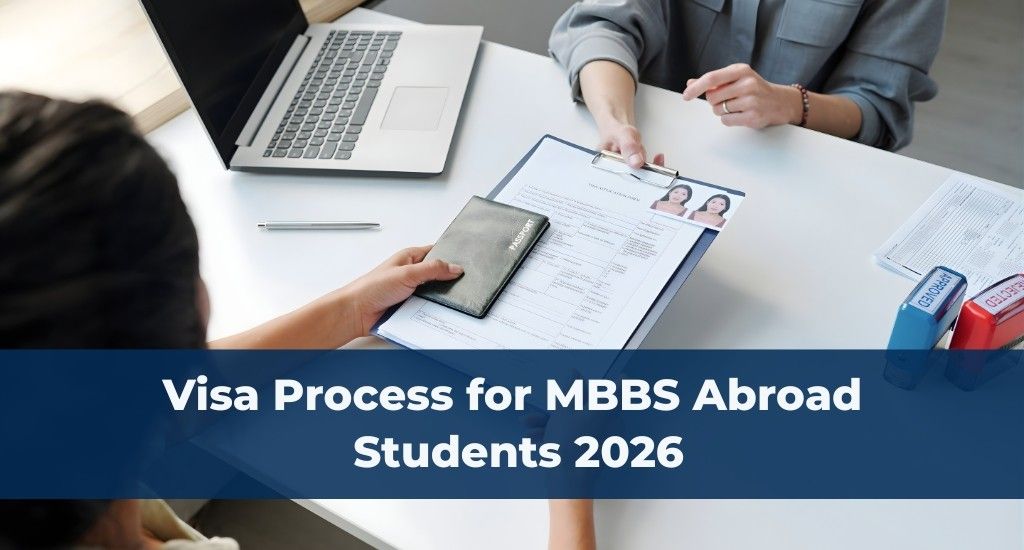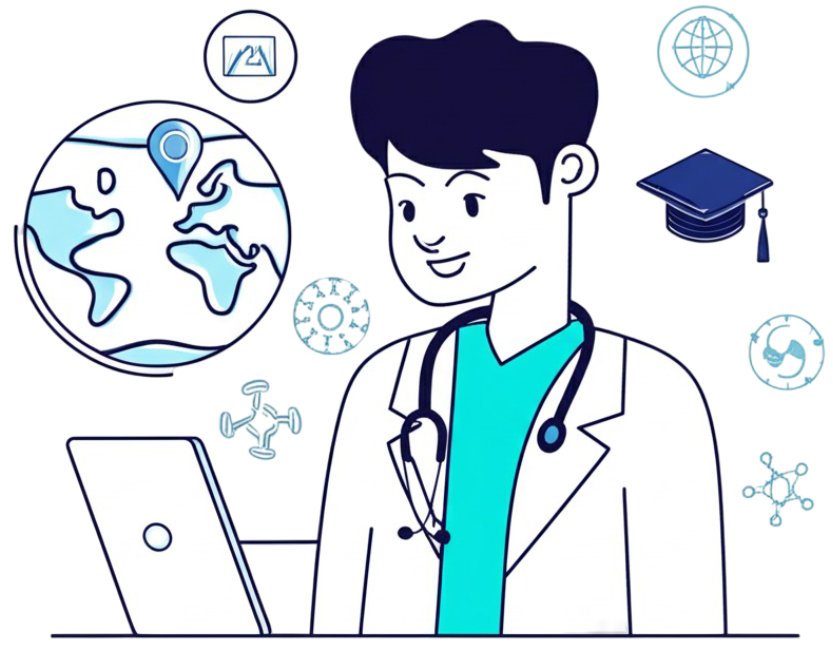In medical academies, students face numerous challenges. When the students started their medical school, they quickly understood the tough medical challenges. Thick medical books, very tough exams, and limited time for preparation make medical life even more challenging for students. And as time goes by, students will face more challenges with more determination and hard work. Students solve all these problems and challenges, and because of these challenges, we can find good doctors.
Realizing the Challenges
My undergraduate friend Vinay is on the medical journey, and he faces some challenges. He graduated has a degree in biology, summa cum laude, and cracked a good score on MCAT, and he is overconfident about his medical school scores. But the medicine institute and its syllabus are totally different, and heavy. He was supposed to take in an overwhelming amount of knowledge every day. He covered more syllabus than he usually would have in a full undergraduate semester.
The first and biggest challenge he faced was the anatomy course. He had read about anatomy, but in MBBS, anatomy has to be studied in great detail. Undergraduate students who study anatomy in their graduation have a very light version compared to the MBBS. In undergraduate studies, we are only learners, memorizing the intricate details of every muscle insertion, nerve pathway, and blood vessel. But the MBBS anatomy syllabus is totally different. So you need to practice and understand anatomy very clearly during your undergraduate studies.
Finding the root Issues
In the initial days of our MBBS route, students faced various challenges. In this, we need to talk about the root issue of academic challenges in medical training for students.
The first main root problem is that the students are only trying to memorize everything instead of understanding the subject and topic clearly. This later causes him problems in his medical training.
The second root problem is that students study in isolation, due to which learning components like teams, collaboration, etc, are missing among the students.
Third but not least root problem is that the students do not utilize all their resources, such as the students are missing their lecture classes, online research, and textbook material. But this problem can also be resolved if students keep learning consistently and keep themselves curious always.
New Study Strategies
The first step in the transition was to rethink my approach to studying. Instead of reading passively, I started to use active learning techniques during focus.
I started to create ideas and strategy maps that connected anatomical features to their physiological roles and functions, and the potential use of medical.
These strategies helped me focus on learning and enormous volumes of factual data; this approach helped me to focus on resolving challenging root issues and aiding in my memory of a significant amount of factual knowledge.
For me, the study sessions in groups become quite invaluable. Because I have four friends who are studying in a group with me, so in our thoughts on all of us and their strong subjects will be different due to which will affect our focus. Pathophysiology was a strong subject for one, pharmacology for another, and clinical reasoning for a third person.
Handling the Mental and Emotional Difficulties
In medical institutes, offers challenges beyond only academic ones. A student experiences stress and self-doubt in a competitive atmosphere and under continuous pressure.
Students face stress syndrome in this academic atmosphere. The students may face, competitive environment and constant pressure causes stress and self-doubt.
After a particularly difficult pathology exam in which I scored lower than the class average, I experienced my first severe bout of imposter syndrome. I questioned if I belonged in medical school and feared that I wasn’t smart enough to become a doctor.
I suggest that students improve their maintain, mental health to balance their stress in the institute. To maintain students’ mental health, regular exercise, enough sleep, and social relationships outside of the medical field, these things actually increase their academic performance.
Clinical Years' Difficulties
In preclinical to clinical years, students face different challenges. Students were expected to apply their theoretical knowledge to real patients in real time while learning some useful skills like physical examination techniques and medical procedure methods. But the hospital environment and long hours of working hours make new layers of complexity. For the students, facing the real-time patience intersection was really hard.
- Patient Interaction for the students to interact with the patient for the first time is really hard and confusing for them.
- Time Management, to maintain the time balance, is tough due to their hospital duties, classes, and study
- Practical Skills, doing the exam, and procedures are also challenging in the initial stage.
- Confidence- lack of confidence in front of patients or seniors, is hard for the freshers.
- Knowledge Application – It is more difficult, apply theory to real patients and situations.
- Communication Gap is also a big challenge, to interact and understand the patient’s different states and languages.
- Pressure from seniors, professors, and residents makes students feel nervous.
At the end, if I suggest to students in this journey, you will face many challenges like long hours working, patient interactions, practical skills, and emotional stress, and other stresses, but keep growing older by facing and solving all these problems, every challenge is to make you the best, to increase your confidence and skills.
But with proper guidance and your hard work and focus, you will be able to solve all these problems easily and make a strong career in medicine.
Education Orbit Counselling & Link
Join EOCL to overcome all academic challenges in your medical training. EOCL understands that MBBS education is very competitive and challenges, our expert counsellors are ready to guide you to overcome all these challenges. And this is why EOCL is the best education counselling company in India. Our expert team provides you continuous support beyond just admission assistance.
EOCL India provides continuous help and support for Medical students as they balance their academic challenges confidentially and with focus and boost their medical career with their resilience.







